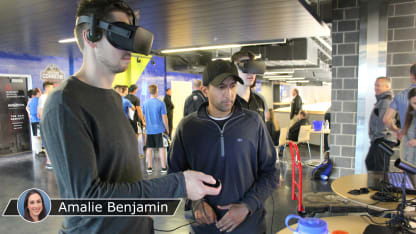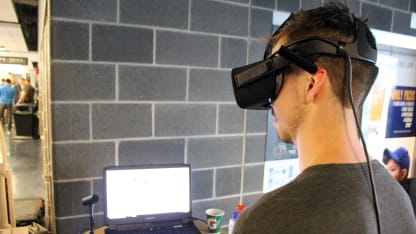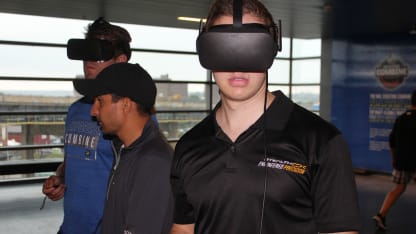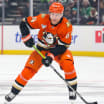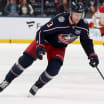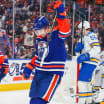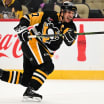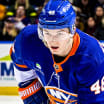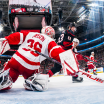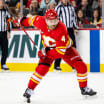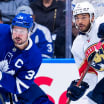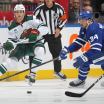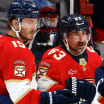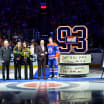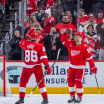There were 52 people at the first camp, and this year that number rose to 92 from more than 300 applicants. There have been 18 invitees to come through the combine and become NHL officials, with 12 of them now full-timers in the League, including linesmen Shandor Alphonso and Ryan Gibbons from the first camp in 2014.
The virtual reality software that allows these potential NHL officials to be part of the game without stepping on the ice comes from a company called Strivr, which started four years ago with quarterbacks and has expanded to work with teams in the NFL, NBA and Major League Baseball, in addition to contracting with two NHL teams: the Washington Capitals and Chicago Blackhawks. And now it is hoping to bring its "power to make practice perfect" mantra to officiating in the NHL.
It's just one of the increasing ways technology is coming into the game, such as player tracking and blue-line cameras.
"Imagine instead of watching 2D video, you're in a headset in the virtual reality atmosphere where you're immersed in a different scene and you're hearing audio of the play in the game, so it takes you to a whole different place and it's like you're officiating that game again," said Omar Ahmad, director of sports partnerships at Strivr.
That could include a world to which current officials could travel with their own Oculus headsets to use as training or preparation tools. The headsets could also be used as a learning tool for young or inexperienced officials.
"I could see it being really helpful for coaching purposes, and if guys are coming up through the ranks," said Matt Ceko, a 21-year-old combine participant who will referee in the Ontario Hockey League and ECHL this season. "But it also could be useful for people actually in the League, maybe if your confidence is down, you miss a couple calls throughout the season, the League wants you to work on something. You go to the virtual reality, start building a little bit of confidence, because I think it's pretty easy to get 100 percent."
Easy for him to say.
The action in my headset was a game from last season in Alabama, from Huntsville of the Southern Professional Hockey League. The perspective came from a camera mounted on the glass. I could see everything happening on the ice by watching the 3D video straight ahead, but to get the 360 view, and see the players moving around me and other officials, I found myself swiveling my head back and forth, hoping no one was watching. I saw more of the ice and more of the action the more I moved my head.
The game clip began and, as I tried to follow along with the 3D picture, I also tried to figure out exactly what infraction was taking place. Was it boarding? Was it an infraction at all? How good was I at discerning the difference?
That was the point.
"Technology keeps improving by the day, by the month," Ahmad said. "But now you can repurpose the content, the VR content, and pick a decision-making point in the play and assess yourself on that. So onside, offside, boom, it'll pause and you're forced to make a decision or identify the player that's offside."
In one assessment test, a slash occurred early in the play, by No. 81, but it wasn't until minutes later that the program asked which of the players had committed the infraction. I had to think back, remember the penalty, and recall which player was guilty. I failed.
But not everyone did.
"It was cool, it had you in the right position," Ceko said. "Just letting you practice your judgment calls. It's definitely a good tool to help us better understand judgment calls and work on our judgment."
